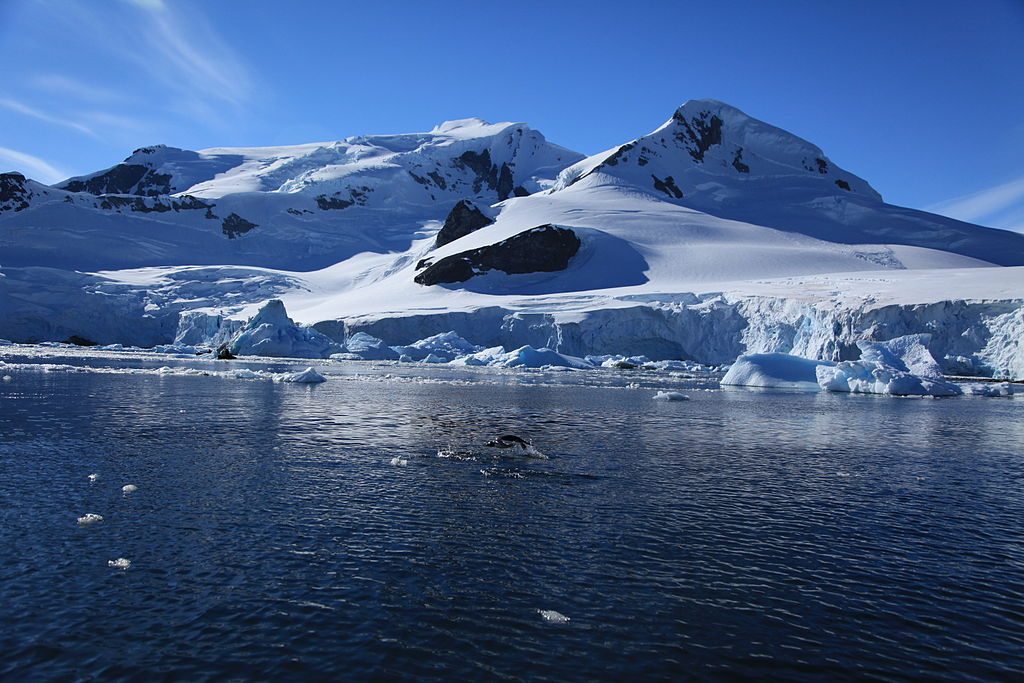
A heat wave in Antarctica melted about 20 percent of an Antarctic island’s snow in only nine days. Images released by NASA showed Eagle Island on the northeastern peninsula of the continent at the start and end of the heat wave. The later images show much of the land beneath the island’s ice cap exposed and ponds of melted water where the snow had been.
The warmth sent temperatures into the mid- to high-60s across northern portions of the continent from Feb. 6 to 11. At Argentina’s Esperanza Base, not far from Eagle Island, the temperature reached a confirmed 64.9 degrees Fahrenheit on Feb. 6. That was Antarctica’s warmest temperature on record. Los Angeles measured the same temperature that day.
On Feb. 9, a reading of 69.3 degrees was measured at a research station on Seymour Island. Researchers are still confirming that the temperature reading is correct. The February heatwave was the third major warm spell of the 2019-2020 summer in the southern hemisphere. There were also melt events in November 2019 and January 2020.
The sustained high temperatures significantly above freezing in what is one of the coldest places on Earth caused rapid melting. Antarctica’s ice sheets contain enough water to raise global sea levels by nearly 200 feet. Rising sea levels could be catastrophic for the millions of people who live along the world’s coasts.
Antarctica’s northernmost peninsula is typically protected from warm temperatures by strong winds that cross the Southern Hemisphere. However, this season, high pressure allowed warm temperatures to build up and unusually weak winds couldn’t prevent the high temperatures from reaching the continent’s northern tip.
